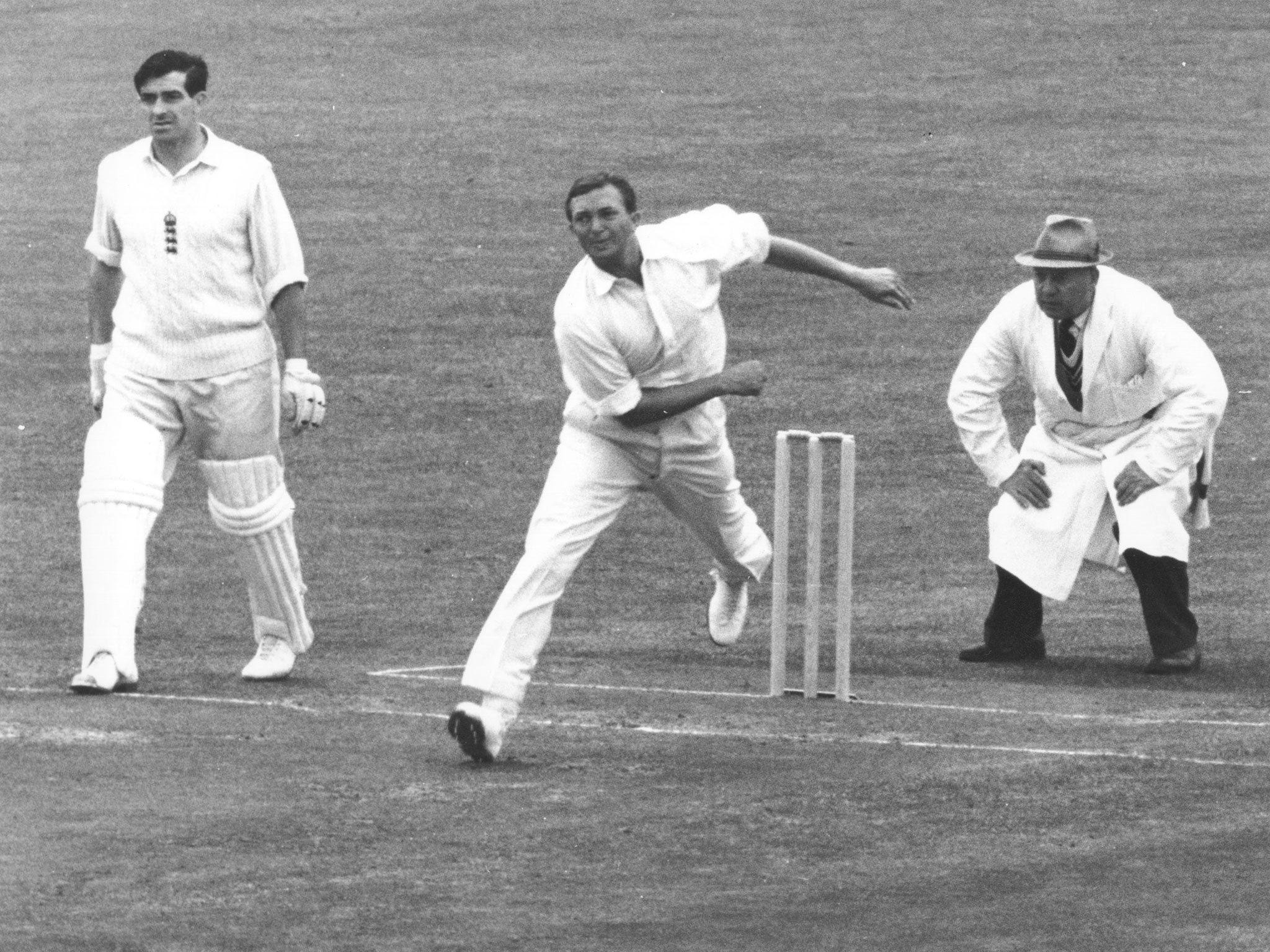Richie Benaud: The curious story of how he became the greatest Australian of his generation
Letter from the Editor: A chance meeting with a chemist, and a great spinner was born

It is a curious and little known fact that Richie Benaud owed virtually all the success of his career - in which he never lost a series as captain of Australia, became the first man to take 200 wickets and score 2,000 runs in Tests, and over five decades emerged as both the conscience of cricket and the finest voice in sporting history - to his good fortune in contracting dengue fever in India in the winter of 1956.
Two months later he found himself in a place called Timaru in New Zealand, where Australia were playing three unofficial Tests. Benaud, then relatively unknown, owed his selection partly to the sudden demise of Jack Iverson, a mysterious spin bowler plagued by demons (he later committed suicide).
Noticing a local chemist, he walked in and asked a gentleman called Ivan James for sulphanilamide, to stop him blacking out. James noticed bloody lacerations on Benaud's fingers; Benaud explained he was a spin bowler, and these cuts were ruining his career. At which point James, who had treated many ex-servicemen for ulcers caused by gassing, suggested he tried something called Oily Calamine lotion. This Benaud duly did, perfecting the art of healing and protecting the spinning fingers that would bring him to greatness.
When he explained the mechanics of leg-spin bowling, focusing particularly on an overweight, peroxide blond genius called Shane Warne, I was in paradise. There was a magic, an intoxicating energy, about this business of imparting spin, of watching a little crimson ball fizz and rip and swerve and dip on the field of play. You could terrify batsman, making them scared not of pain, as fast bowlers did, but ignominy. This was about brains, not brawn; and nothing in the world could be more cool than to bowl the perfect leg-break, as Warne himself once did. I spent the next decade trying to achieve that, failed, and eventually wrote a book about it instead.
Benaud, who nearly became an accountant and a journalist before bloodying his fingers for the sake of his art, was a force for good in the world who, as Wisden noted in 1962, lifted cricket from the doldrums. His triumphs as a leader, a pioneer and a gentleman are documented by The Independent. By the time of his death at 84, he had become our Yoda, gone but not forgotten. I commend his spirit to the living.

Join our commenting forum
Join thought-provoking conversations, follow other Independent readers and see their replies